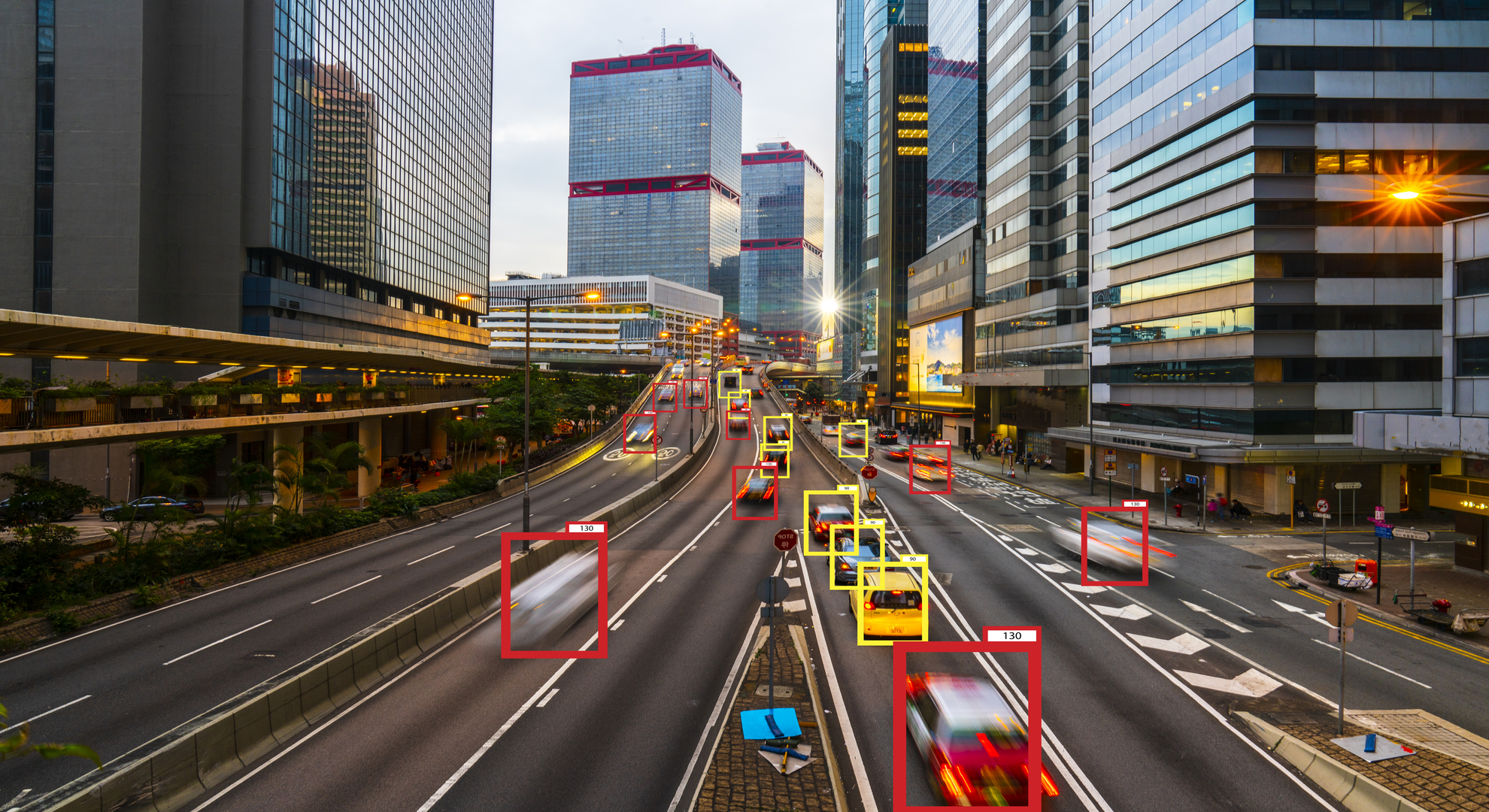
17 Jun Blockchain technology in the automotive industry to bring benefits
The automotive sector is one of the most important to the Spanish economy. At its height in 2016, it accounted for 19.4% of the entirety of the country’s exports, with a market value of almost €50 billion. In 2020, it provided state coffers with €3.882 billion in direct taxes and charges. However, the industry is facing a tricky time. It lost more than 29,000 jobs in 2020 due to the effects of the pandemic and the supply chain crisis for components, such as microchips.
That’s why the sector needs to face up to its own urgent digital transition, as is the case for many other economic industries. Beyond factory automation or the benefits that connectivity and smart/autonomous driving can bring — to mention just two examples — the automotive industry needs to extract and implement all the technological innovations that can help it grow and develop with guarantees against future challenges. And blockchain is one technological advance to consider.
Applications of blockchain technology for the automotive industry
Blockchain represents a giant leap forward in terms of the security of information flows. More and more exchanges involving greater volumes of data are taking place every day, which blockchain isolates, guaranteeing a satisfactory information transaction that is safe from any potential external interference. So how can blockchain be applied in an industrial sector as important and strategic as the automotive industry?
- Supply chain tracking and guarantees. Particularly when we talk about key parts or components, maintaining control over logistics and avoiding fraud is essential. Many companies operating within the automotive sector are beginning to use blockchain to strengthen the traceability and security of their shipments.
- Shared vehicles. Combined with a notable increase in use of electric cars — 16.5 million between 2020 and 2021 —, we’re witnessing a growing and widespread commitment to more sustainable forms of mobility through car sharing. Blockchain is already being applied in countries like the US to create networks of vehicles available for this type of use.
- Improvements in hire vehicles. Similar to the above, the use of third-party vehicles has also been establishing itself as a new business model. While problems can never be eliminated entirely, especially when it comes to unregulated rates, blockchain aims to curb this lack of control and give users a reliable way to establish price ranges.
- Secure connectivity data. Over 90% of transport shipments currently send and receive geolocation data. As each mode of transport’s data types slowly begin to diversify and improve — speed, mechanical conditions, fuel levels, etc. —, it’s vital that data is secure, even if it is decentralised, and one of the tasks of blockchain technology is to guarantee that security.
- Fuel payments. We’re moving — slowly but surely — towards a world where we’re no longer reliant on fossil fuels. Electric vehicles and ways of managing both charging and paying for the energy needed to move them are looming on the horizon. Blockchain will allow, for example, advance payments for transport shipments, providing real and estimated consumption figures in the process.
Blockchain is one step forward, but more is needed
Blockchain technology represents an ‘open door’ for the sector, but more investment is needed in terms of R&D and innovation if competitiveness is to be maintained and increased. According to a recent publication by PWC, technological innovation has seen investment of some €1.6 billion — putting the automotive industry in second place in Spain. However, in absolute terms, it hasn’t exceeded 12%. We need to take a much more decisive leap forward in terms of research, development and innovation if Spain’s automotive industry is to occupy a relevant position on the international stage.
As explained by the consultant in the publication mentioned above, “a well-defined roadmap is needed, shared by the various stakeholders in the sector, which serves to identify priorities, analyse the challenges ahead, and determine what actions need to be carried out at every stage”. Something to which significant public sector investment should be added.

